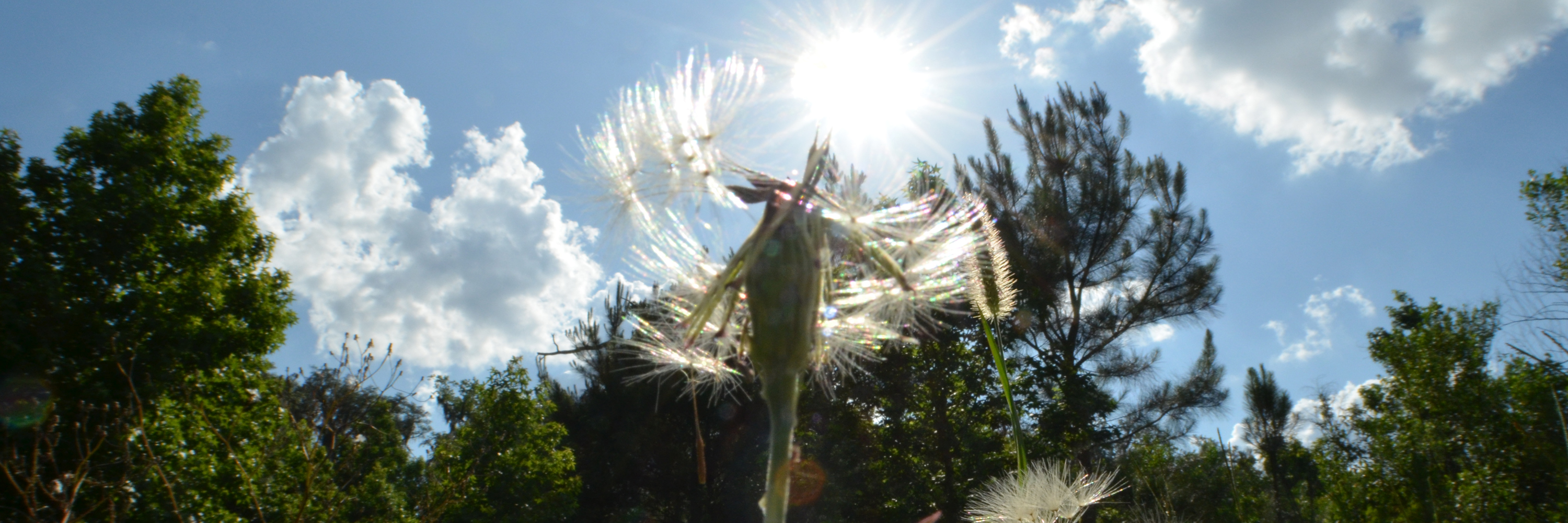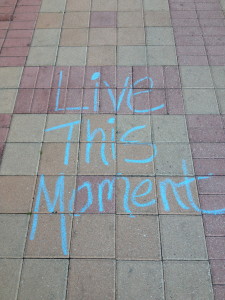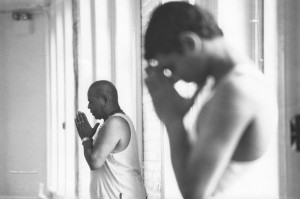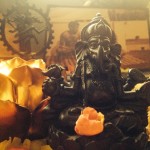I’m so excited to announce a FREE meditation just for you! This meditation is a powerful meditation to support a healthy and vital life. This Ajapa Dhāraṇā will bring focus to your spiritual heart and support awakening the energetic body and supporting higher integration of the mind/body systems.
What is Ajapa Dhāraṇā?
Ajapa Dhāraṇā is a transformative meditation technique. Through absorption on breath, mantra, visualizations and awareness of the energetic body, one can experience the beauty of dhyāna – meditation.
This meditation will support increased connection to your higher Self, calm the nervous system and support a calm, grounded existence.
In the words of Swami Satyananada: “Ajapa meditation helps one to withdraw the senses and awaken self-awareness. It removes the impurities of the mind. A burning lamp cannot give full illumination if its glass is covered in smoke. Only when the glass is cleaned will the lamp shine fully. Similarly, the light or the power of the Atman is within us, but it does not manifest itself in our daily life because of the hindrances of the thought process, the vagaries, dissipations and distractions of the mind.”
Read about more benefits of meditation here: https://www.yogachikitsa.net/meditation/https://www.yogachikitsa.net/meditation/
To continue this meditative journey of integrating the energetic body and awakening the higher levels of existence, contact Jessica today.
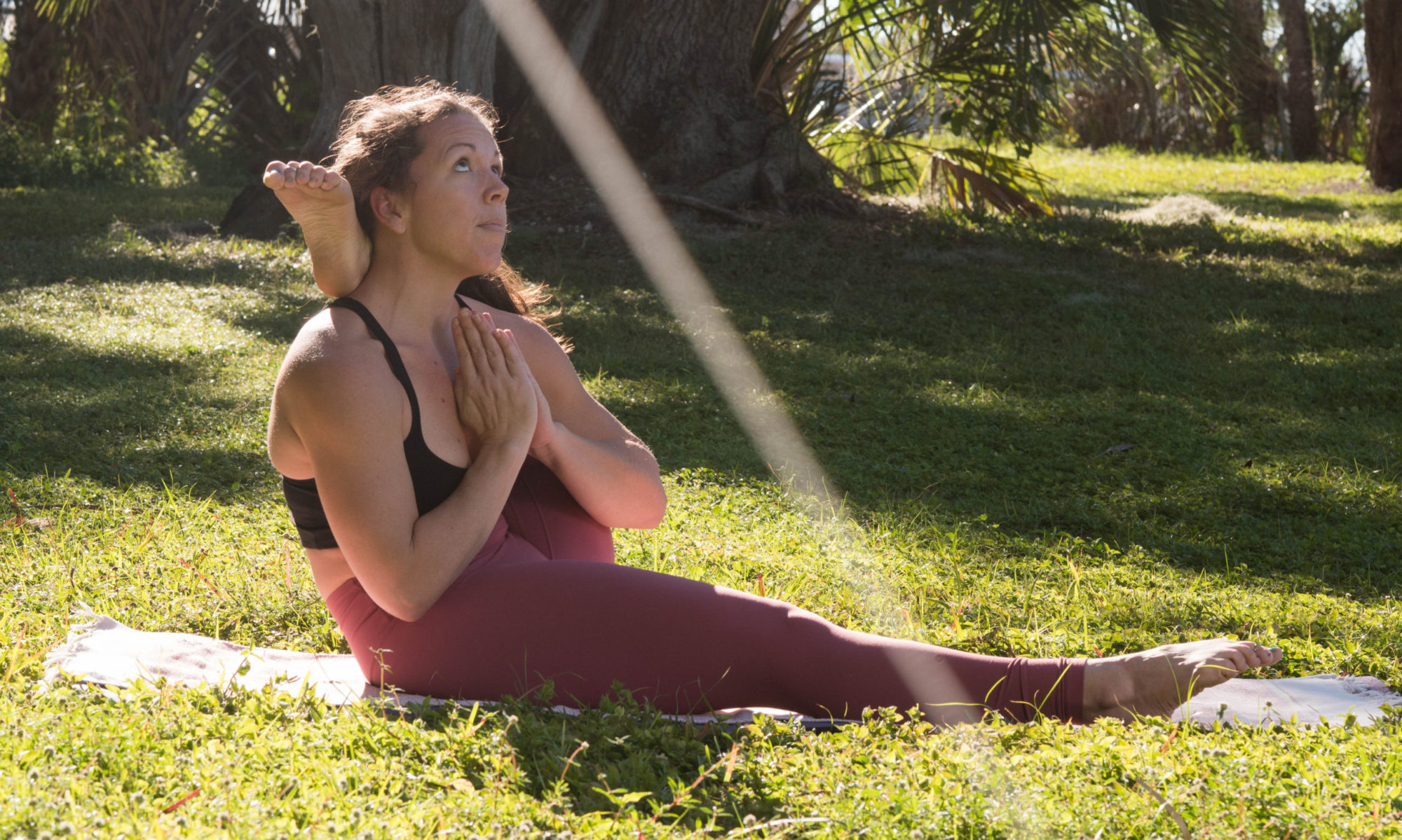



 It is recommended that women rest from their Ashtanga practice during the first trimester of pregnancy. This is a very delicate time in the gestational process and most women are guided to let their bodies lead the process without adding a strong practice to the mix. For me, this hiatus began with standard first trimester rest, and then some complications led me from voluntary rest to limited activity as ordered by my Doctor. We also had a few more bumps in the road which kept me away from my mat for another month.
It is recommended that women rest from their Ashtanga practice during the first trimester of pregnancy. This is a very delicate time in the gestational process and most women are guided to let their bodies lead the process without adding a strong practice to the mix. For me, this hiatus began with standard first trimester rest, and then some complications led me from voluntary rest to limited activity as ordered by my Doctor. We also had a few more bumps in the road which kept me away from my mat for another month. I know I will never ‘get back to where I was,’ because that moment has passed and this moment is an entirely new experience. And I also know I will once again find ease and grace on my mat, a brand new and also familiar experience in each fresh moment, and in each familiar pose. I will once again grab my heels in kapotasana, and find lightness as I drop back, it will come.
I know I will never ‘get back to where I was,’ because that moment has passed and this moment is an entirely new experience. And I also know I will once again find ease and grace on my mat, a brand new and also familiar experience in each fresh moment, and in each familiar pose. I will once again grab my heels in kapotasana, and find lightness as I drop back, it will come. 

